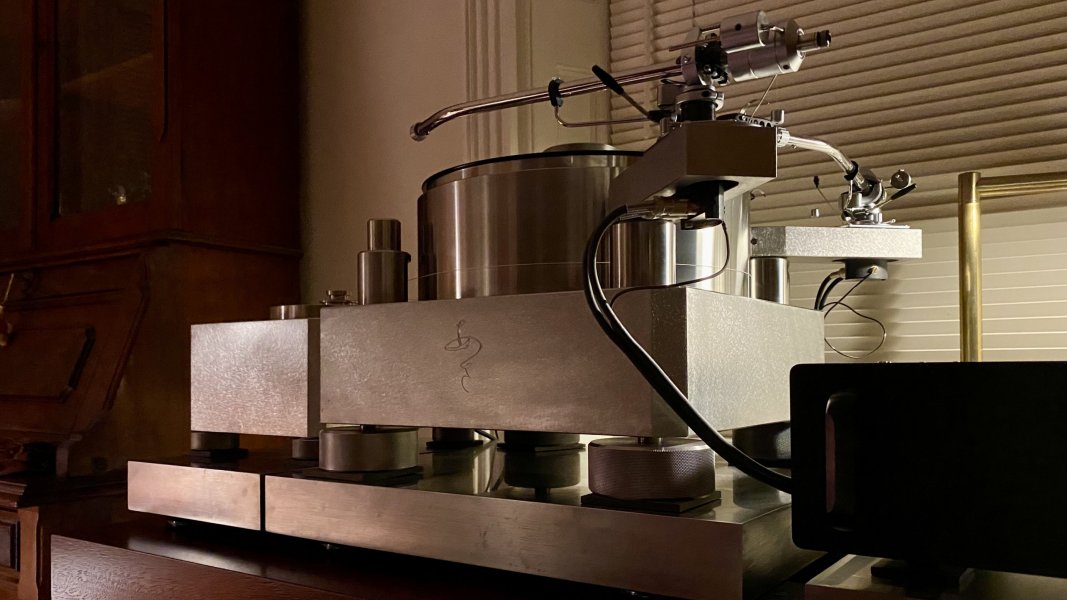TimA I owe you an apology, and others on this thread, for an inaccuracy on my most recent post on PeterA's system.
I mentioned cymbals in the Peggy Lee audio, and --as you have correctly stated-- there are none. I wrote my observations about that listening session immediately after hearing the LP live: I wanted the comparison 'on paper' while my impressions of both the video and in-person system listen were freshly in mind.
When I returned to my notes to edit, Far too much time had elapsed for an accurate recollection of specific instrumental content. Mea culpa. Honestly I don't remember when I added the comment about symbols, though I suspect it was after our listening to the Sheffield Drum Track by Ron Keltner soon after hearing the Peggy Lee cut in person at Peter's.
As often happens with a quantum improvement in one's system ( Peter's in this case ) we wanted to listen to a variety of familiar music to 're-tune' our ears to the new impressions, in part in the effort to discern whether the experience is 'just a change' or an improvement of quality in presentation. I will at some point look forward to saying more about the most recent changes in Peter's system, hopeful that I am not adding either too much of my own hot air --or any further inaccuracy. I can assure you that the comment about cymbals in Peter's system, though a skew line in relation to the Peggy Lee recording, was based upon listening experience; it was simply misfiled in my own occasionally DOS, meaning Dopey Operating System.
Either way, my first impressions were put down when recent, vivid and strong. I'm sorry to have misled or confused anyone with the misplaced cymbal comment.
I mentioned cymbals in the Peggy Lee audio, and --as you have correctly stated-- there are none. I wrote my observations about that listening session immediately after hearing the LP live: I wanted the comparison 'on paper' while my impressions of both the video and in-person system listen were freshly in mind.
When I returned to my notes to edit, Far too much time had elapsed for an accurate recollection of specific instrumental content. Mea culpa. Honestly I don't remember when I added the comment about symbols, though I suspect it was after our listening to the Sheffield Drum Track by Ron Keltner soon after hearing the Peggy Lee cut in person at Peter's.
As often happens with a quantum improvement in one's system ( Peter's in this case ) we wanted to listen to a variety of familiar music to 're-tune' our ears to the new impressions, in part in the effort to discern whether the experience is 'just a change' or an improvement of quality in presentation. I will at some point look forward to saying more about the most recent changes in Peter's system, hopeful that I am not adding either too much of my own hot air --or any further inaccuracy. I can assure you that the comment about cymbals in Peter's system, though a skew line in relation to the Peggy Lee recording, was based upon listening experience; it was simply misfiled in my own occasionally DOS, meaning Dopey Operating System.
Either way, my first impressions were put down when recent, vivid and strong. I'm sorry to have misled or confused anyone with the misplaced cymbal comment.


